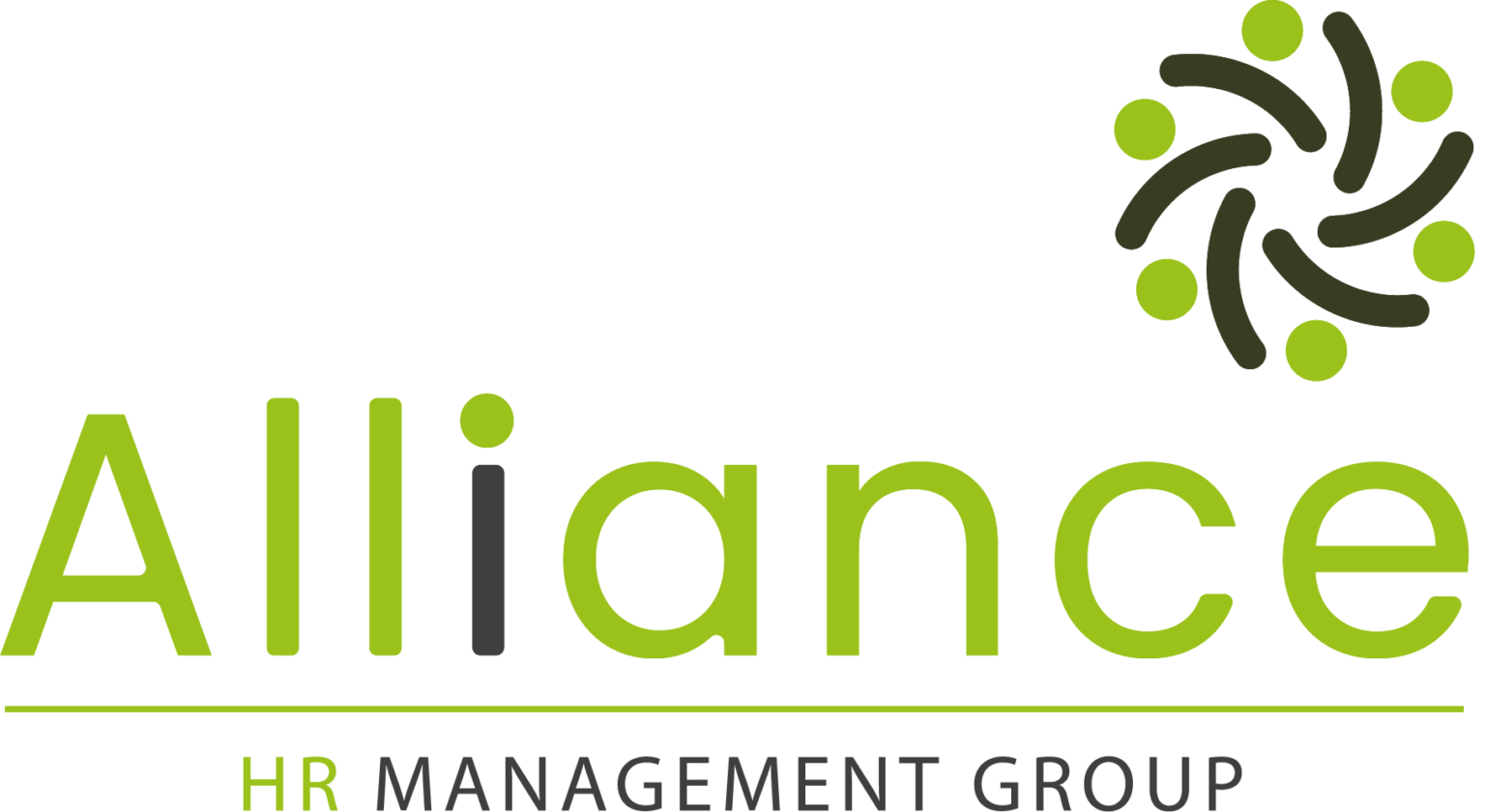
Invest Time Now Before Hiring or Waste Time and Money Resolving Problems Later

Author
Oscar Garcia CEO @Alliance HRMG →
| CHRO | Board Director | M&As | Strategic Planning | Executive Compensation | Organizational Development
Consider the case of John S., a California farmer known for his high-quality citrus fruits, like oranges and mandarins. As the harvest season approaches, John hires a crew of temporary workers without thoroughly evaluating their qualifications. Soon, he encounters significant issues with quality, productivity, and behavior. This impacts the utilization rate at the packing plant, leading to higher costs per packed box. Additionally, the farm’s management spends extra time inspecting crew bins, shifting attention from other critical priorities. To make matters worse, the company’s HR team becomes involved in crew misconduct investigations.
Though John’s situation is fictional, it reflects a common reality in agriculture. It serves as a stark reminder of an essential lesson: an effective selection process is not just important; it is vital. Whether hiring full-time staff or temporary workers, taking the time to evaluate candidates can significantly impact hiring success.
The High Cost of Poor Hiring Decisions
When a position needs filling, hiring managers often expect quick results. While filling positions promptly is crucial for operations and requires urgency from recruiters, finding suitable candidates is equally important. Hiring poorly suited individuals can result in low performance, repeated errors, a toxic work environment, staff relations issues, injuries, and turnover. These issues divert resources from business goals, making it critical for hiring managers and recruiters to establish a robust selection process and commit to avoiding rushed decisions.
Strategies to Improve Hiring Success
- Define the Job Profile: Before initiating recruitment, clearly outline the knowledge, skills, and abilities required for the role, establish key non-negotiables, and visualize a successful hiring process.
- Involve Key Stakeholders: Often, selection processes involve only the hiring manager. Including feedback from others who will work closely with the new hire can enhance candidate evaluation. For more complex roles, forming a team of evaluators may prove beneficial.
- Use Multiple Assessment Tools: Employing diverse evaluation tools provides more comprehensive data for objective decision-making. Incorporating interviews, skill tests, and work sampling helps create a well-rounded view of candidates.
- Evaluate Cultural Fit: New hires should possess both technical skills and a values-based alignment with the company. Behavioral interviews can offer insights into a candidate’s compatibility with company culture.
- Conduct Background Checks: Reviewing past employment and speaking with former supervisors can reveal valuable insights.
While a thorough selection process may not be feasible for all positions, these strategies can be adapted as needed. For instance, in field operations where thorough screening may be difficult, Crew Bosses (CBs) often serve as excellent sources for identifying field worker candidates. However, many CBs lack training in candidate selection. Providing CBs with basic recruitment skills can yield high returns on investment.
Assessing the Success of Your Hiring Process
Finally, establishing clear metrics for evaluating hiring outcomes is essential. Common KPIs include time to fill and cost per hire, but it’s also vital to examine retention and performance. Assessing whether hires deliver quality work and align with company values is critical for long-term success.
Conclusion
Investing time and resources in recruitment is essential. By prioritizing an effective hiring process now, companies can avoid costly issues and improve outcomes later on.
